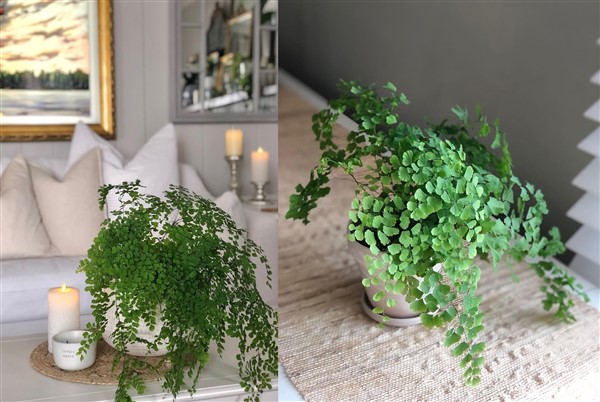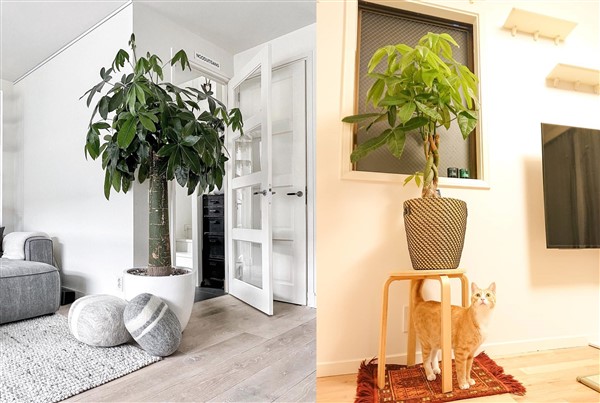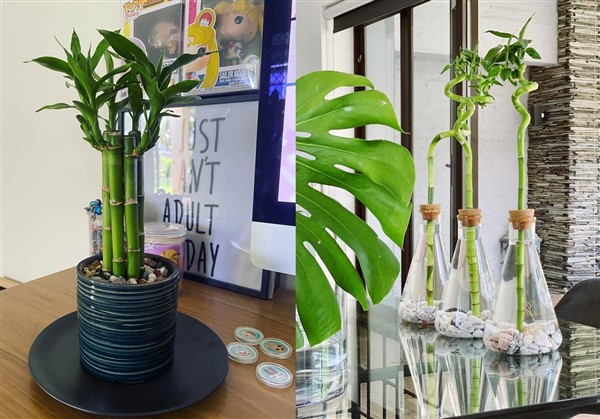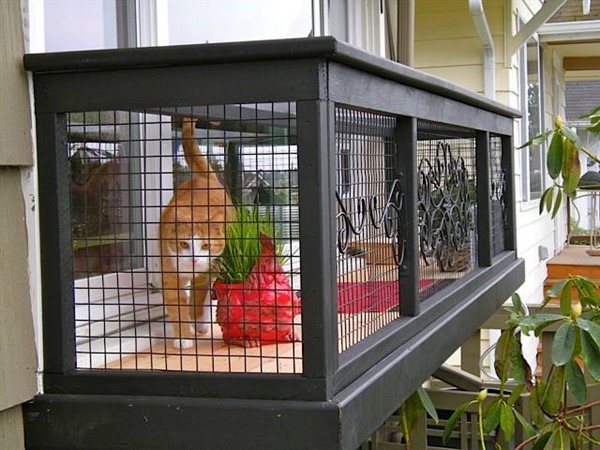Delta Maidenhair Fern is a non-flowering plant decorating mostly closed spaces. It possesses a couple of familiar names such as pacific maidenhair and culantrillo. Also, it is known as Adiantum raddianum in scientific circles. This plant is native to South America’s countries along with India, East Africa, Papua New Guinea, East Timor. In the meanwhile, you could find this decorative plant at affordable prices in online markets.
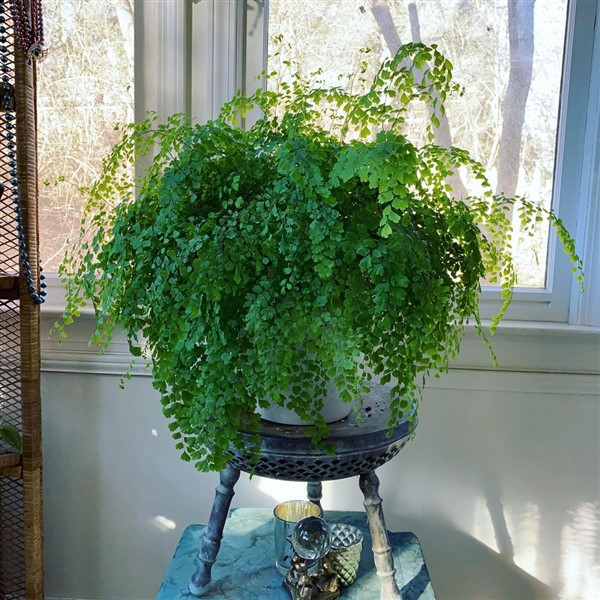
General information
Delta Maidenhair Fern is a cute plant with a semi-decumbent thin dark stem and a cascade of bright triangular evergreen fronds. Due to being an evergreen plant, it shows a resemblance with the Chinese Evergreen. Its life cycle is perennial. This plant is full green. So it has neither flower nor fruit. In terms of dimensions, it reaches 1-2 ft (30 – 60 cm) length and width. For pets, it is completely safe just like Boston Fern Plant.
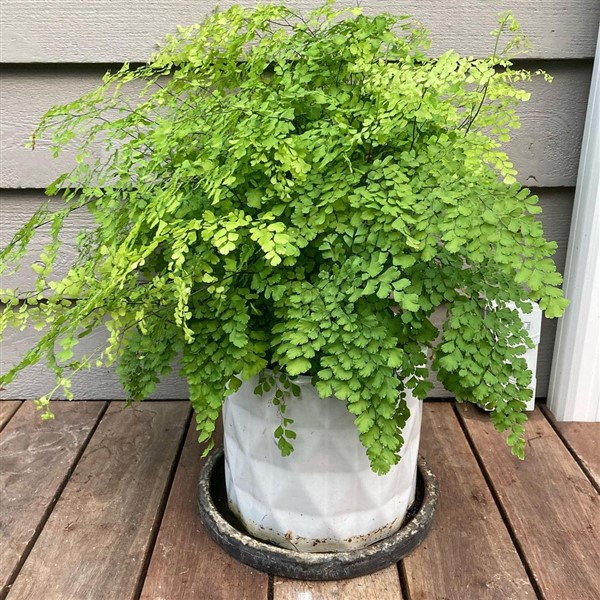
How to Care for Adiantum raddianum
Sunlight: Just like Coral Bead Plant, this plant shouldn’t be exposed to direct sun. Conversely, Adiantum Raddianum needs a diffused amount of sunlight. For example, a windowsill behind a curtain will be proper. So semi-shade places are ideal spots for this non-flowering plant. Briefly, if it is positioned in sheltered spots, this non-flowering plant will grow better.
Watering: Daily regular watering requires because its roots should keep moist. Specifically, pure clean water is more effective than usual tap water. On the other hand, overwatering could give irrecoverable damages to this plant.
Humidity: Adiantum Raddianum likes humid settings, in particular, indoor spaces such as bathrooms, terrariums, greenhouses, and other sheltered spots. For that reason, humidity is vital for this evergreen plant. To increase the humidity of the setting, you could use a humidifier. Or a tray of wet pebbles works best. Alternatively, misting it daily is another way. Once 3 times in a day will suffice.
Temperature: The best temperature for Delta Maidenhair Fern is in between 60°F-75°F (15°C-23°C). Above all, it resists down to 41°F (5°C). In a nutshell, the moderate and high humid atmosphere is ideal for this plant.
Soil Type: Like most of the other plants, Adiantum Raddianum needs loamy, rich soil. Also, potting mixes in the markets are effective and pratic. The potting soil should be well-drained and well-ventilated. In addition to that, it should remain moist. And, the potting soil certainly mustn’t dry out.
Fertilizer: Delta Maidenhair Fern doesn’t require fertilizer in fact. I mean, it isn’t a vital item for this plant. However, In its growing seasons such as spring and summer, you could feed it. Fertilizers in both liquid and soil form work best. Thanks to this, it could thrive fast.
Propagation: The division is a great option for such plants. Having recovered it from the pot and having untied roots, you could divide it into many pots. Alternatively, clipping is a reasonable way. For that work, the very beginning of spring is suitable. Meanwhile, in certain times, it could require pruning for a nice and healthy look.
Repotting: Once in 2 years repotting is enough. If there is any damage and crack on the pot and, the plant becomes bigger than the pot, repotting is compulsory. In fact, if repotting and propagation (division) are done at the same time, you could save a lot of time.
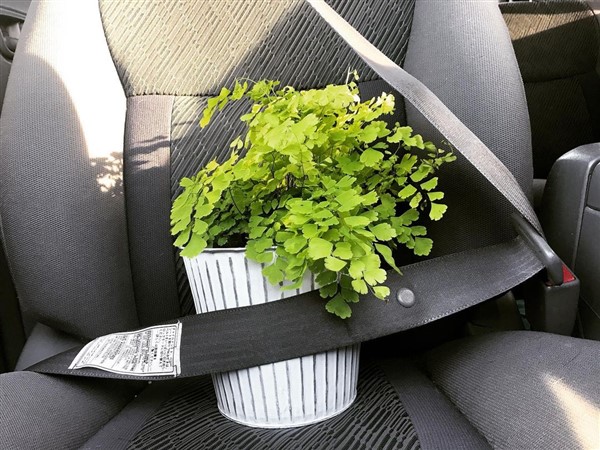
images via: Flower Guardians
Common Problems
Pest Infestation: Scales and mealybugs could pose a great threat to the Delta Maidenhair Fern plant. Particularly, being too late for this problem is quite important.
Brown leaf tips: Brown leaf tips are also called tip burns and fertilizer burns. Over-fertilizing could give rise to this problem. Besides this problem, Direct scorching sunlight and insufficient water intake cause that problem in general.
Faded leaves: The chlorophyll shortage causes this problem. It shows itself, for example, faded green, yellow, and white-like yellow leaves.
Drought: Rather than an insufficient amount of water, almost never watering leads to this problem. Dehydrated plants cannot live long.
Suggestions for problems: For pest infestation, this plant requires meticulous care. To prevent it, you can use alcohol-based wipes or insecticides. When it comes to brown leaf tips, you should designate a sheltered spot for this plant. At the same time, you have to ensure it to have enough sunlight. Otherwise, pale leaves aren’t a nice appearance. The drought means for a while neglection. According to this plant’s care schedule, you should meet its routine needs.
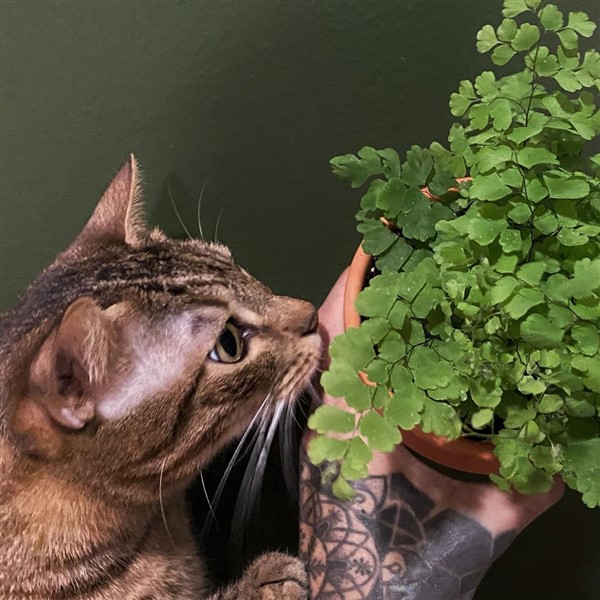
images via: otro
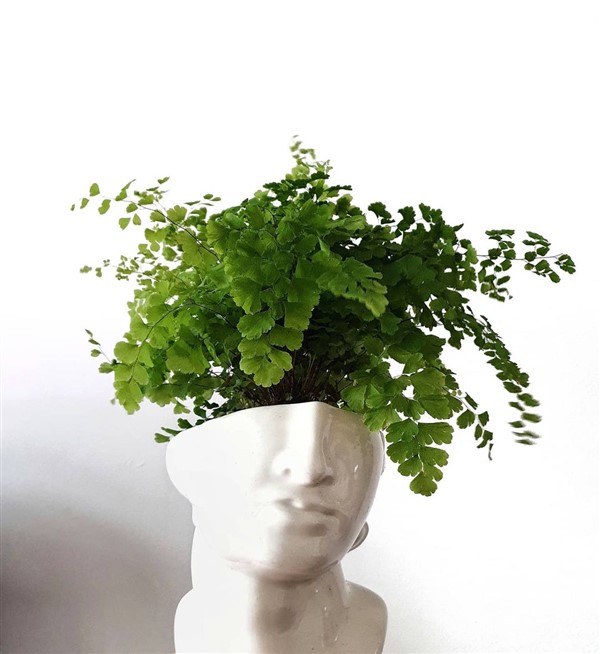
images via: Viennese Jungle
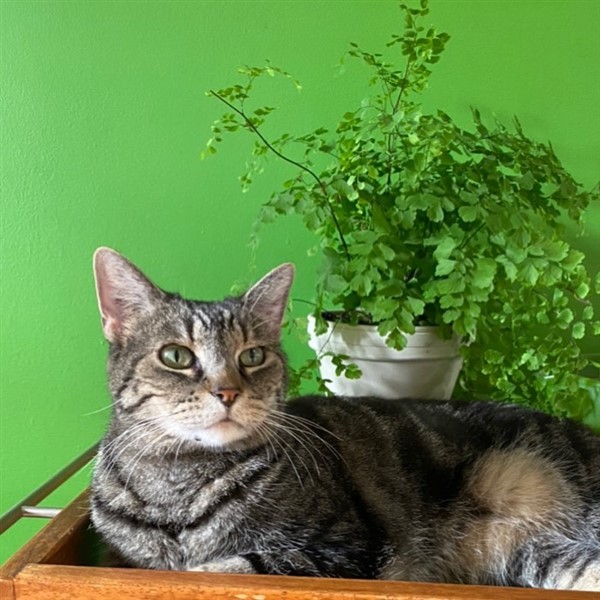
images via: Nejla
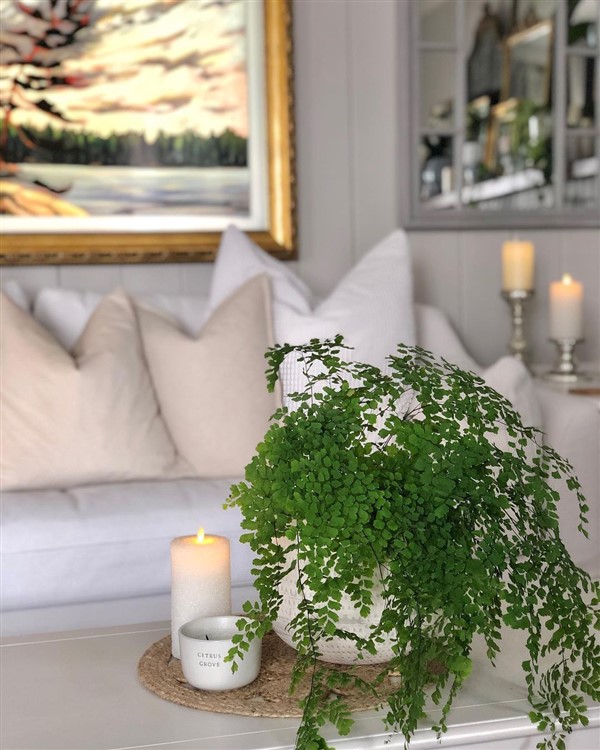
images via: Roberta
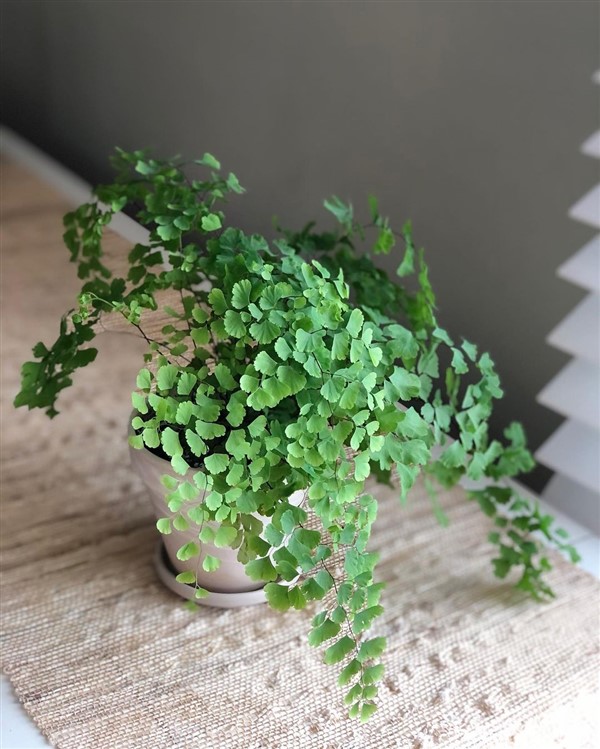
images via: Mypreciousplants
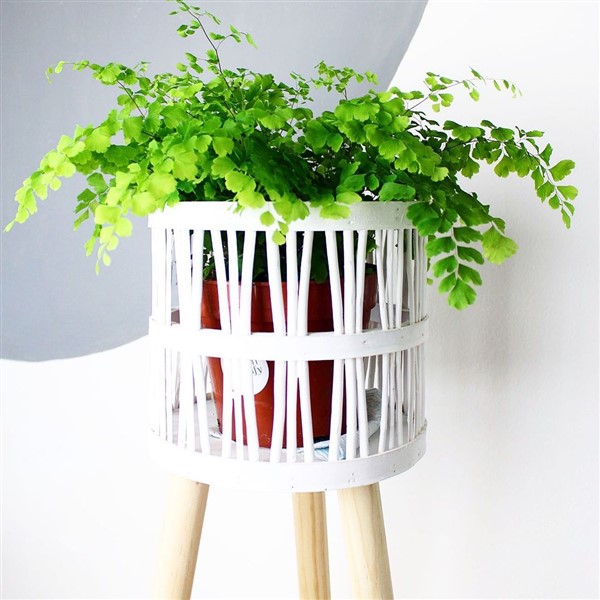
images via: green and leafy
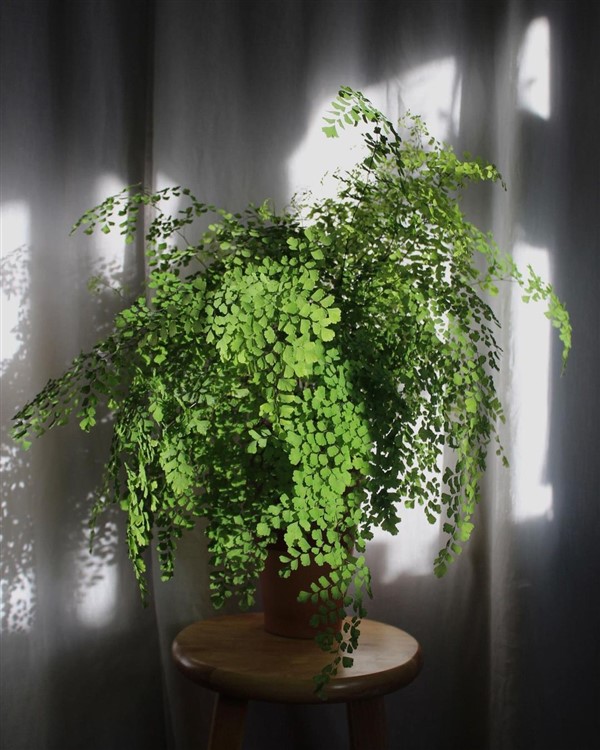
images via: Naomi Haskett
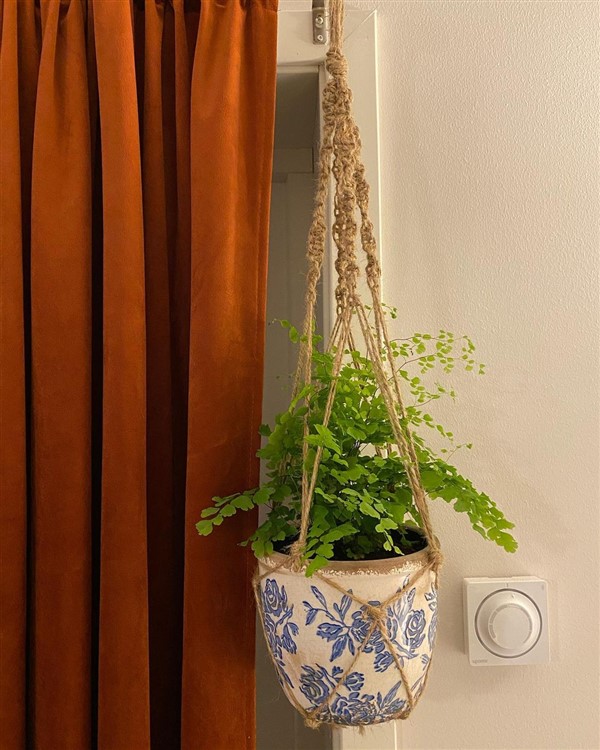
images via: Liv
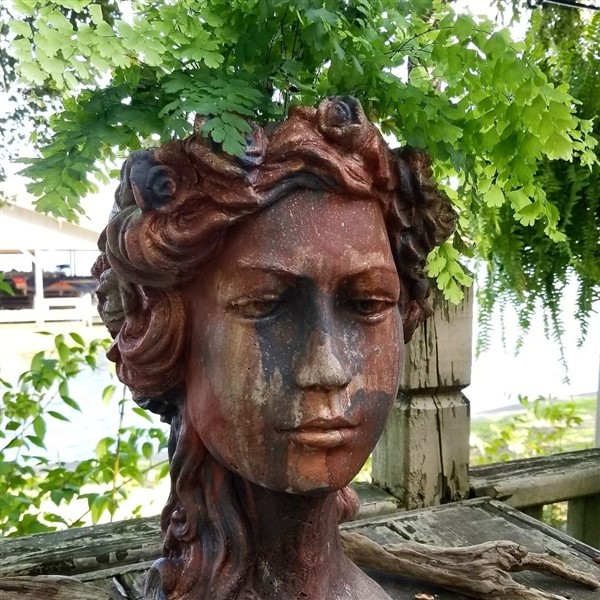
images via: lulu slake house
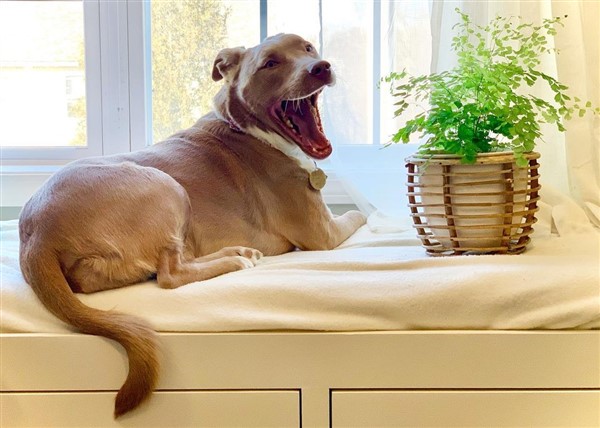
images via: nurses weekend plants

